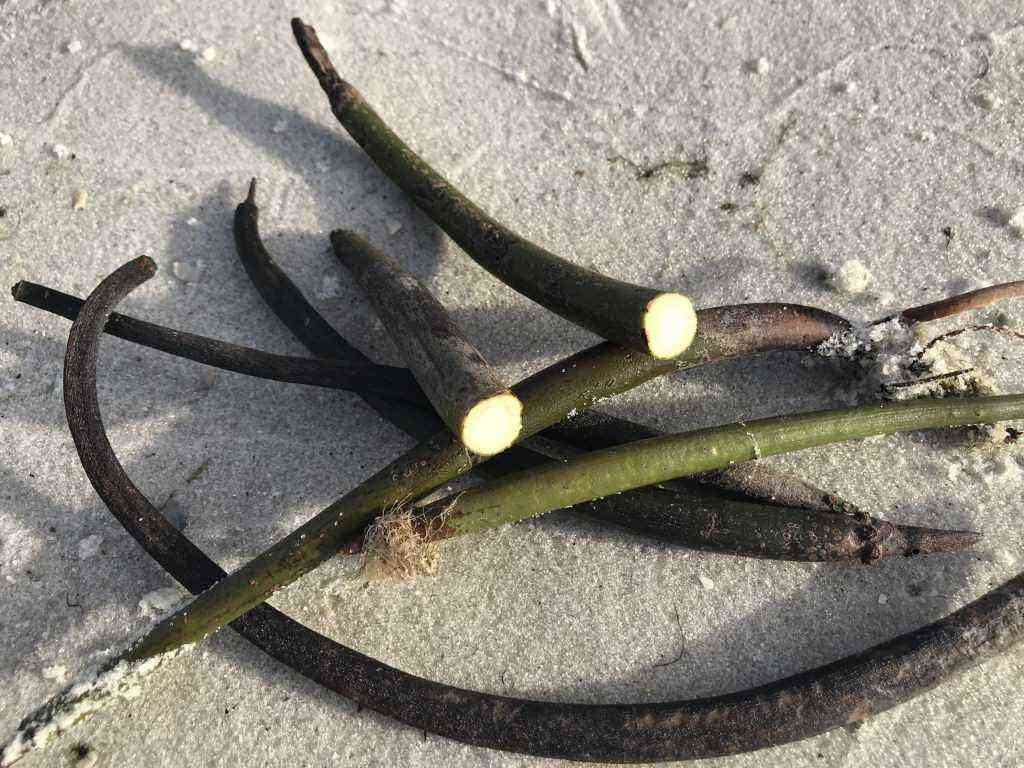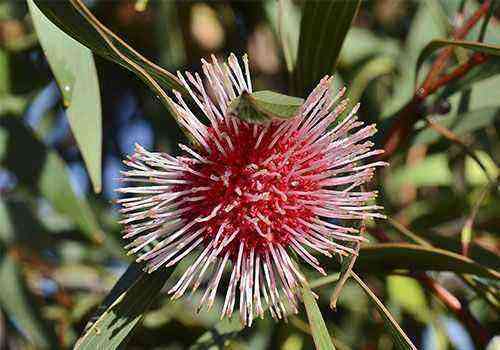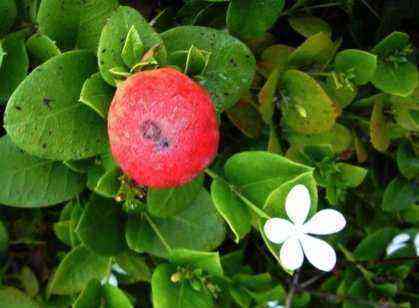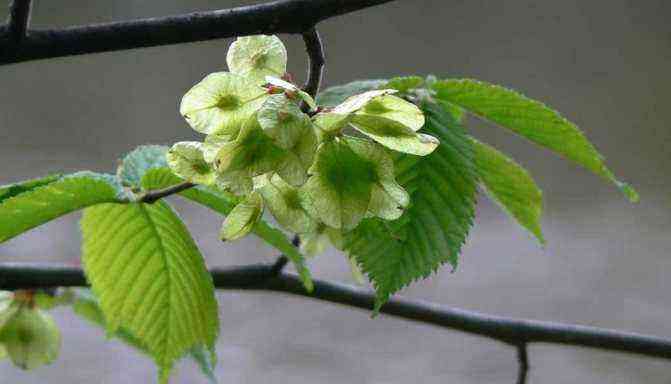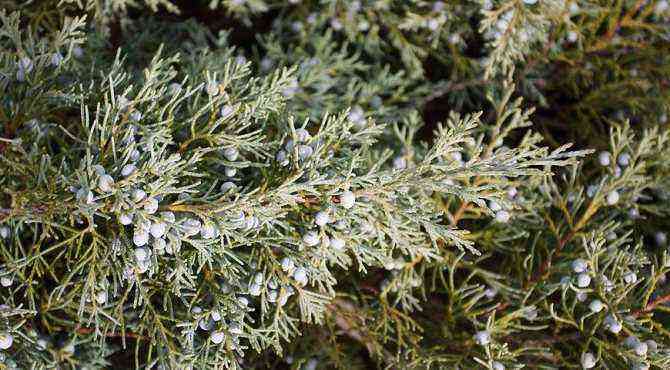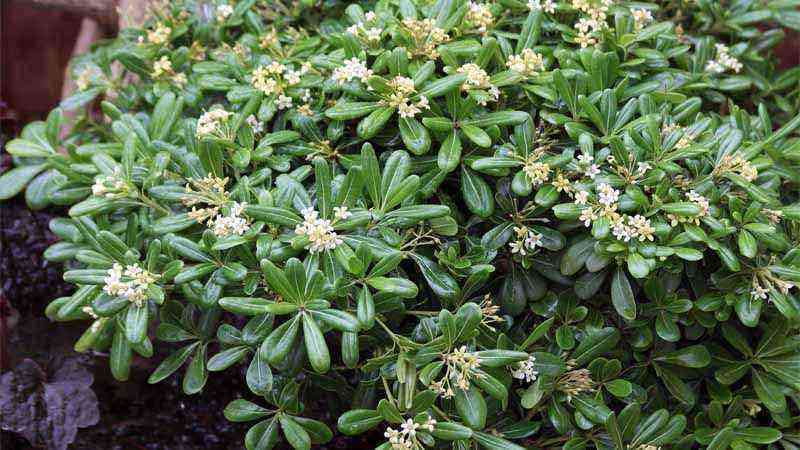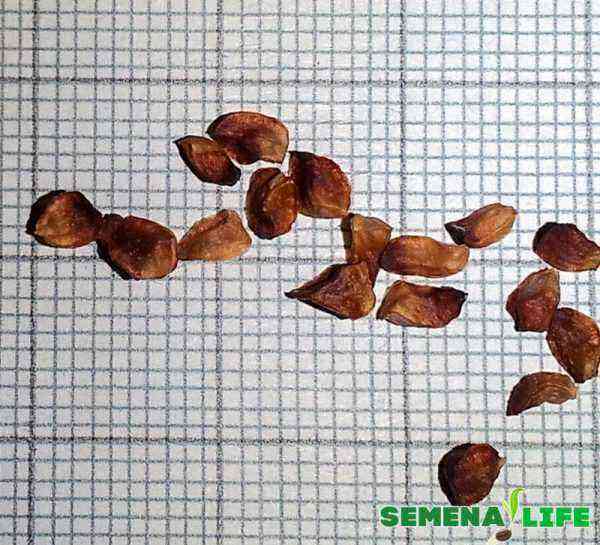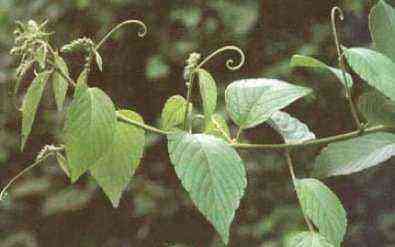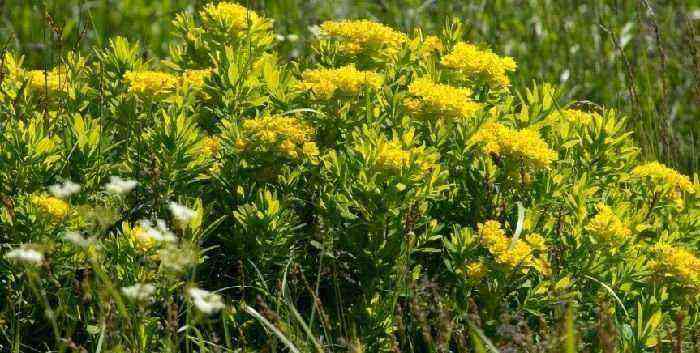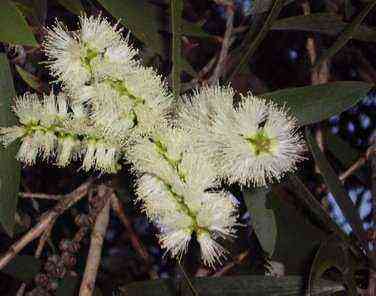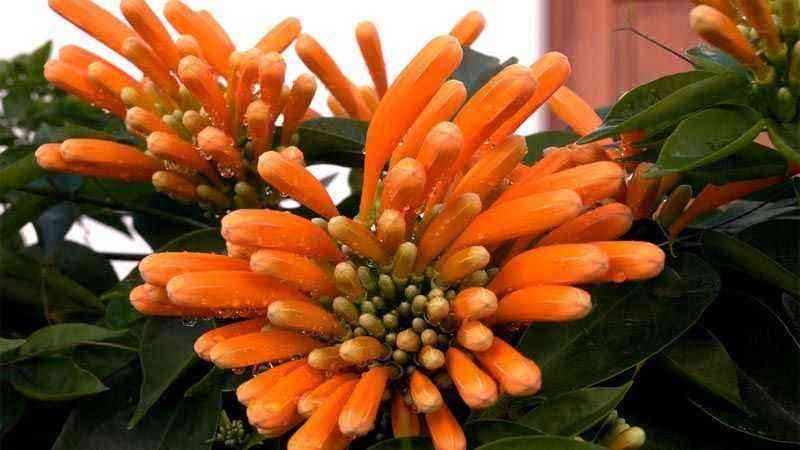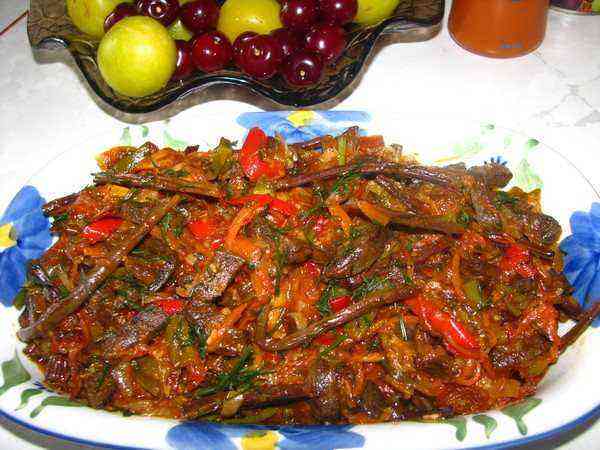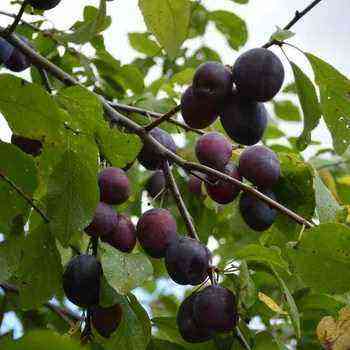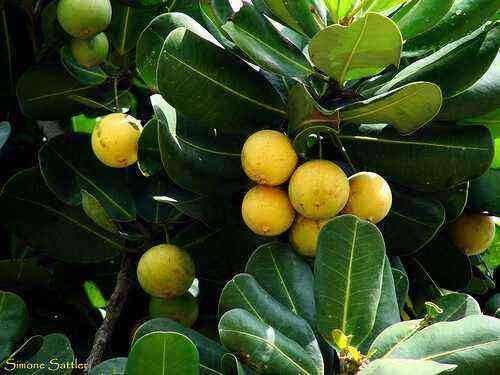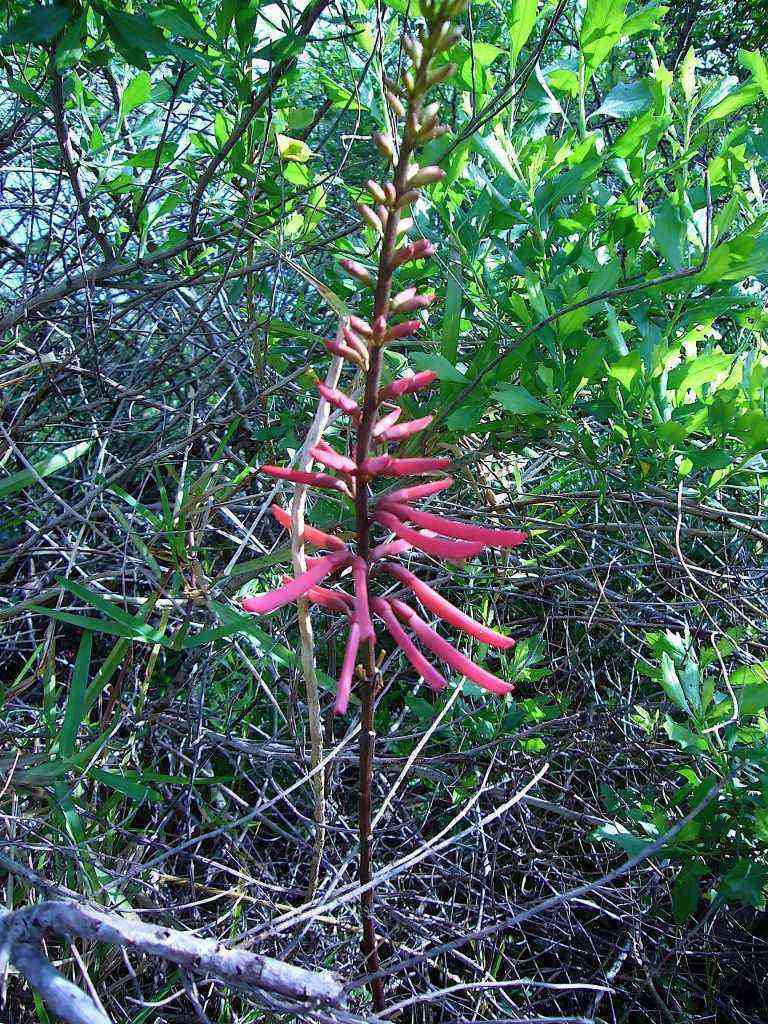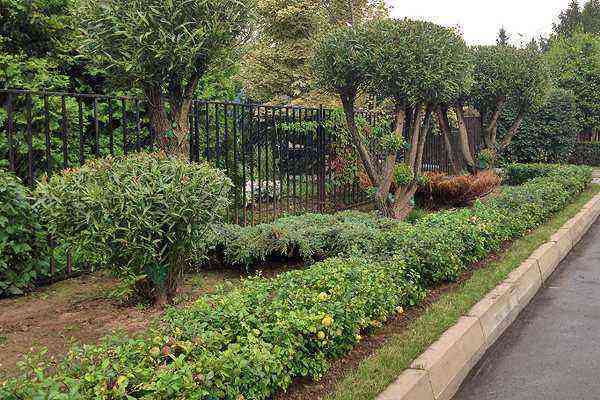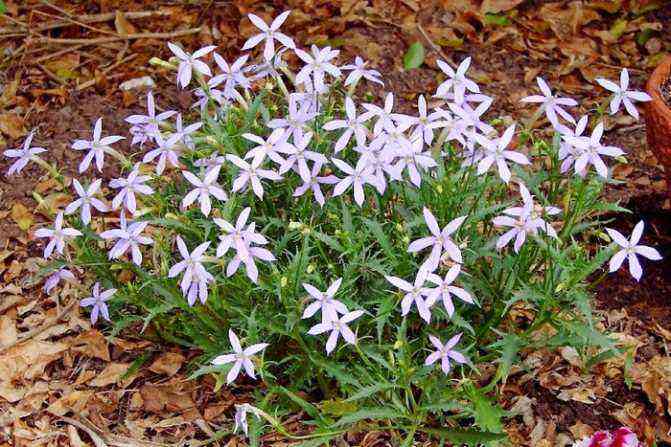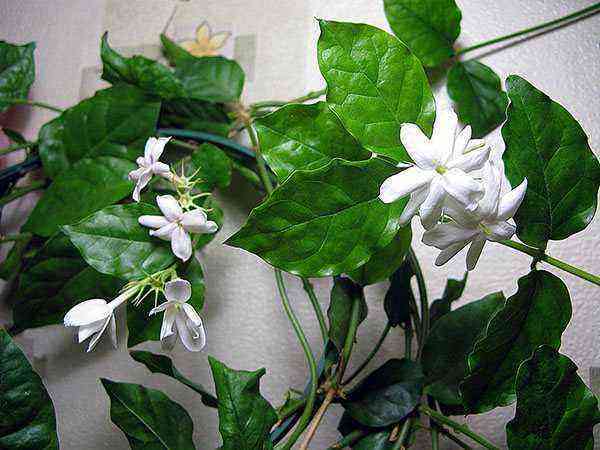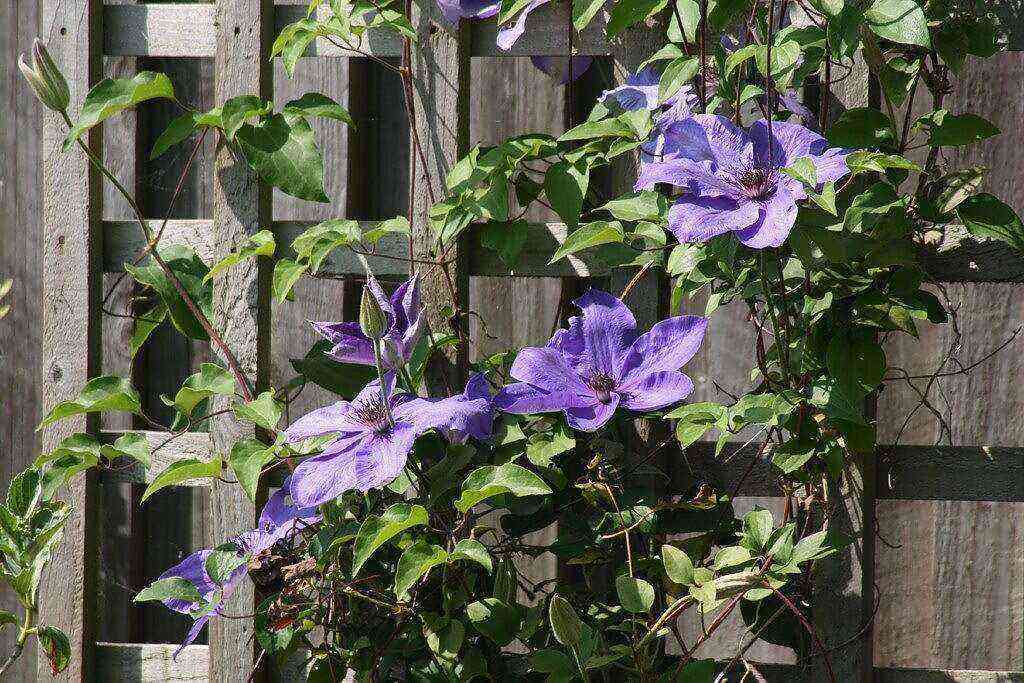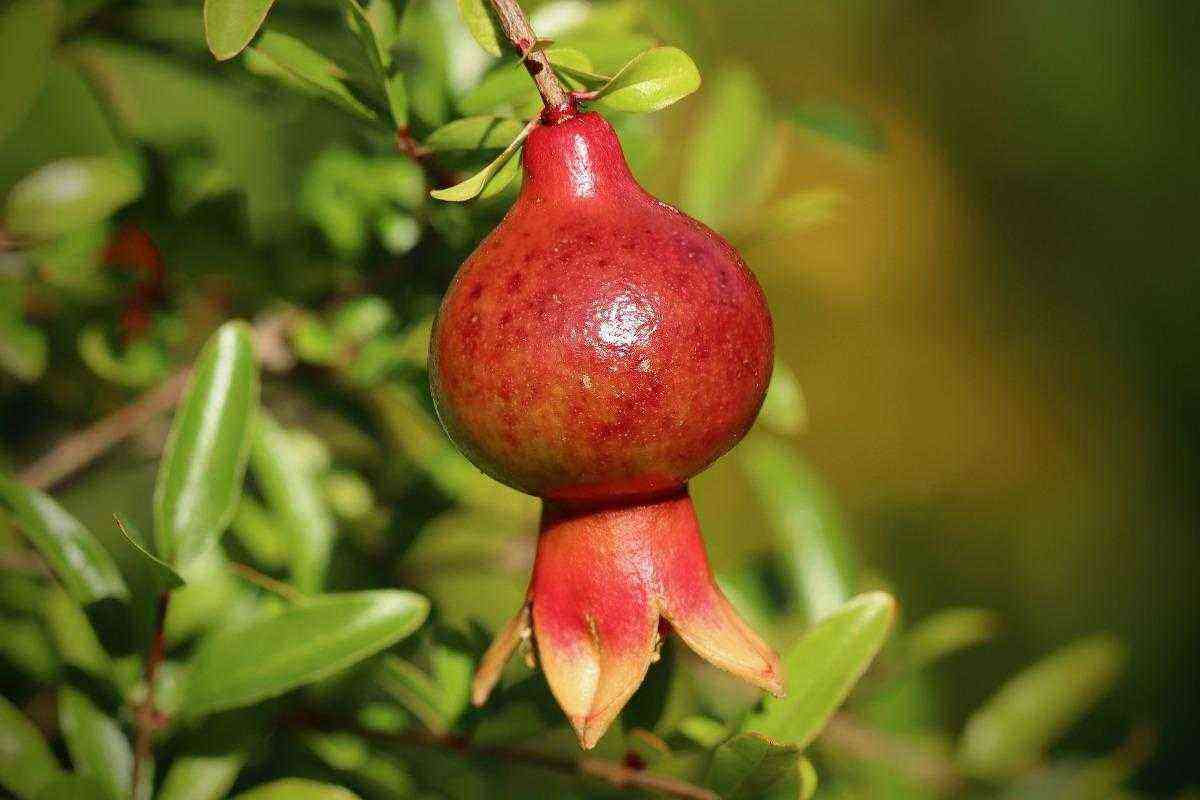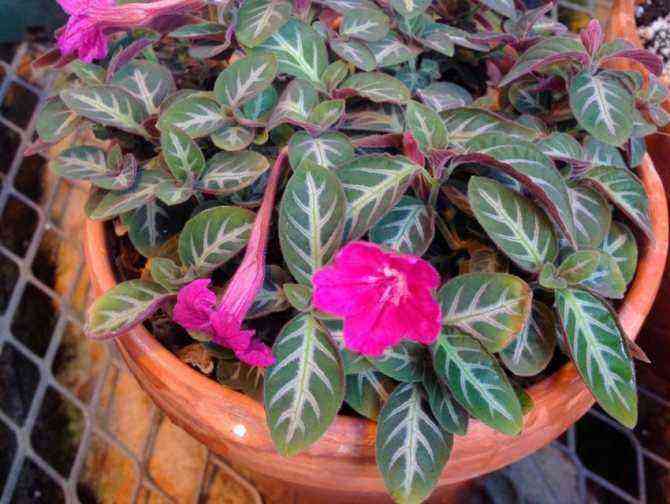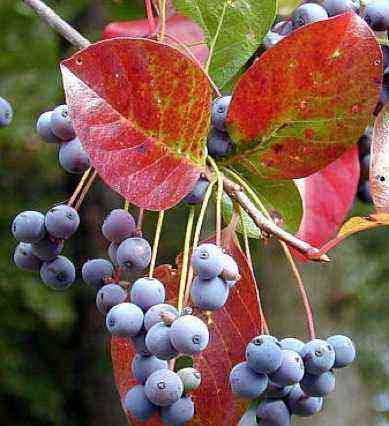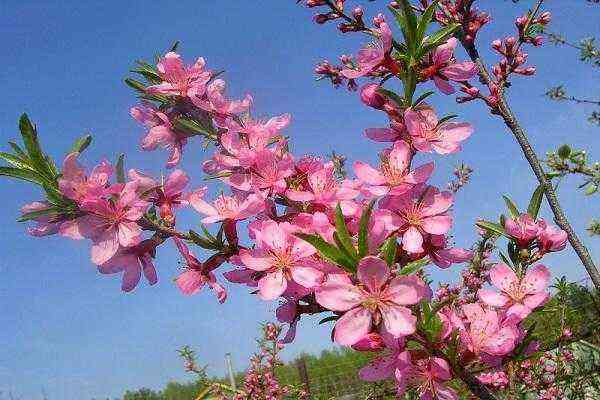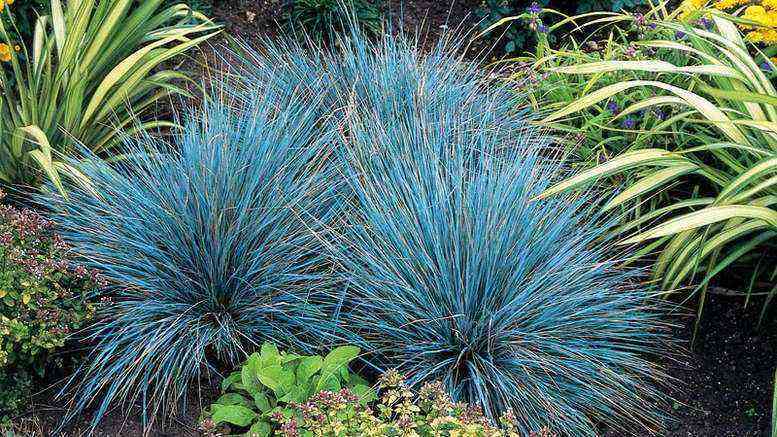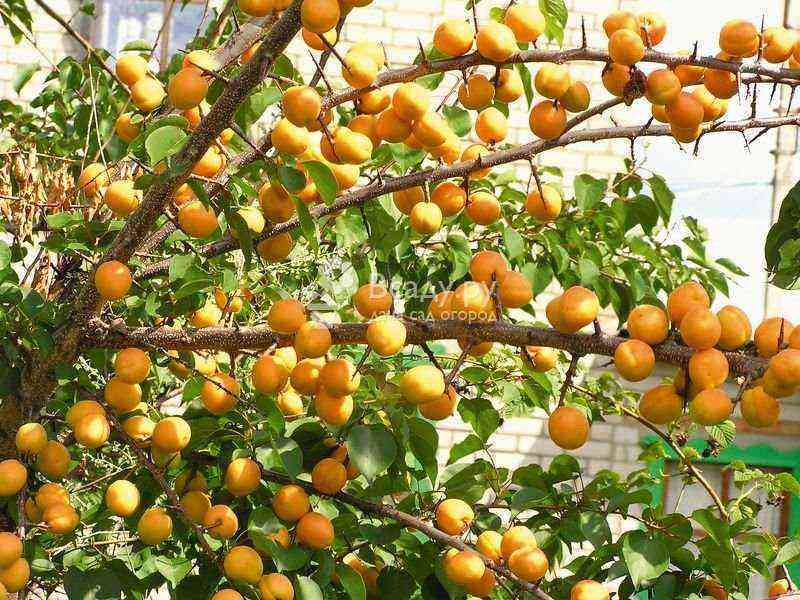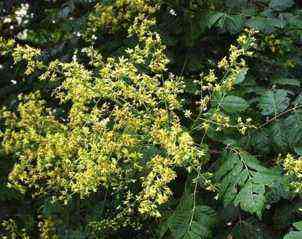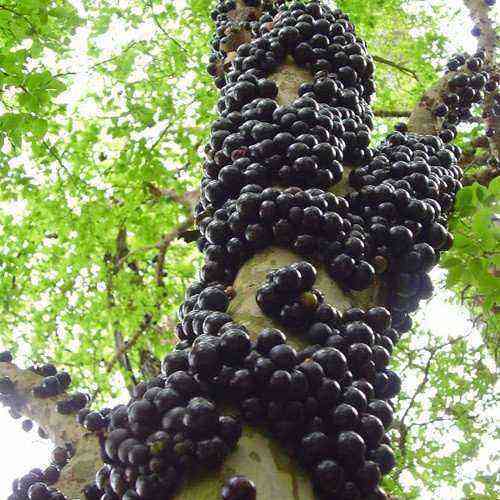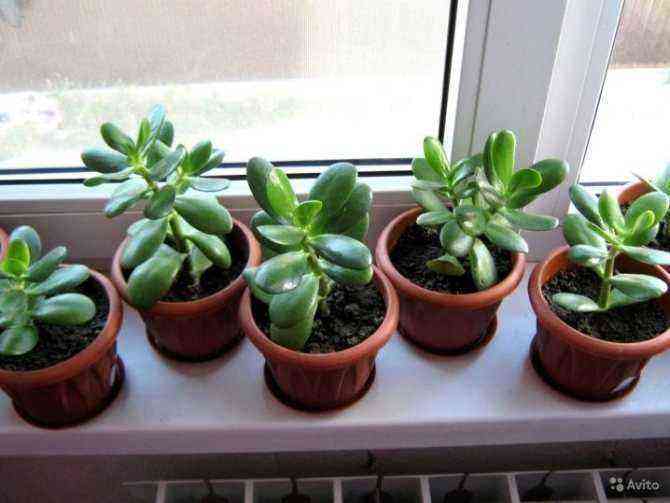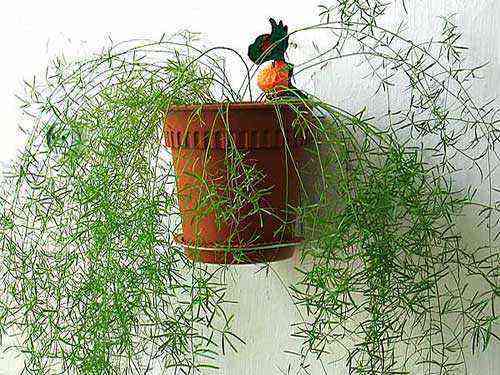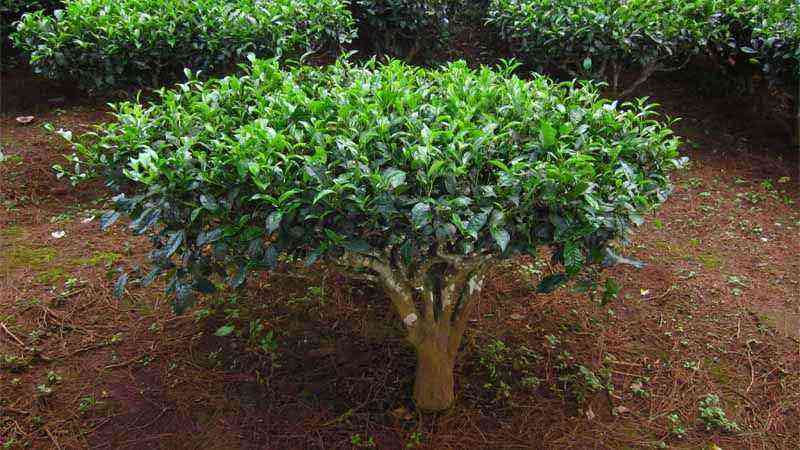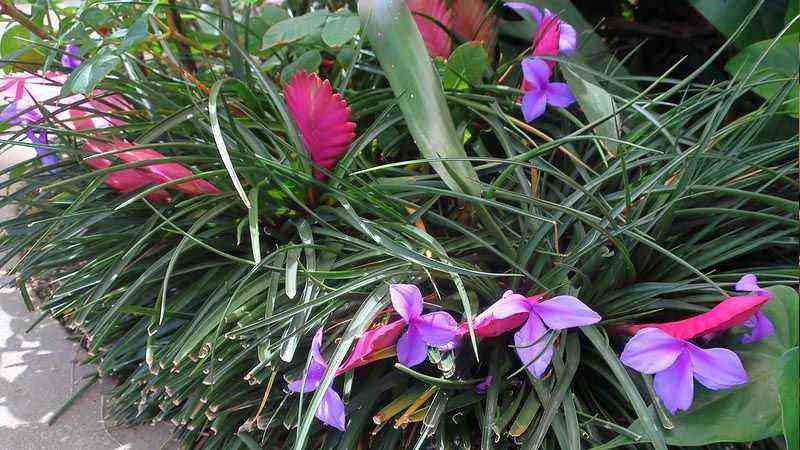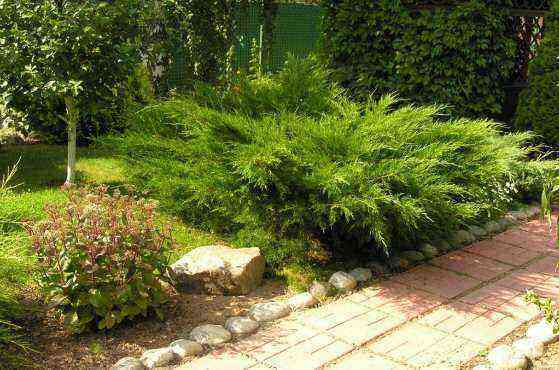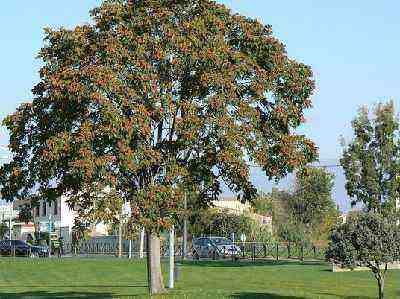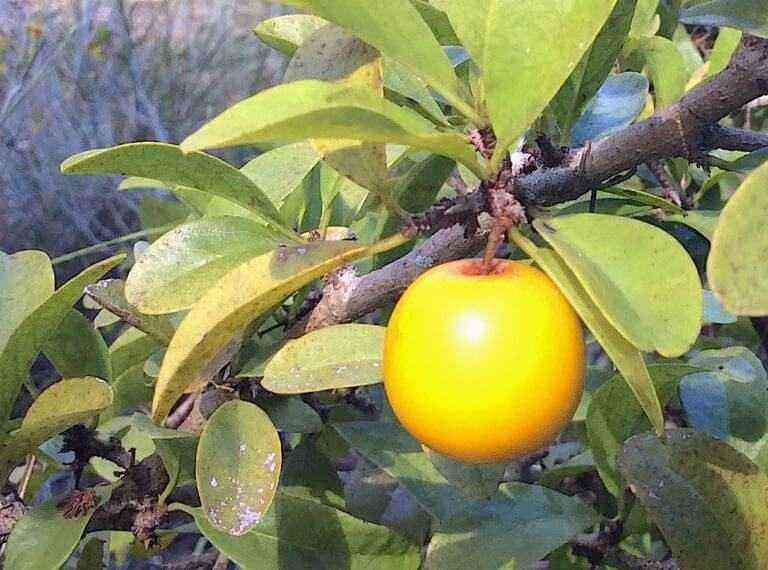Do-it-yourself beautiful and productive beds
Home ›Bushes and trees› Planting thuja columnar, caring for it on the site: photo
Our family has been holding a personal plot for a long time, we try to make the territory look attractive and special.
Neighbors come specially to borrow this or that innovation from us, because by how attractive the garden looks, one can judge the taste and hard work of the owner. It’s about our favorite – the columnar tuya.
By far the most attractive are areas with conifers, they decorate the garden all year round, no matter what the season is.
Among conifers, the columnar thuja stands out, it has become incredibly popular in recent years, and for good reason. Her luscious green outfit and interesting shape give the garden landscape the very uniqueness that every gardener dreams of.
What is the peculiarity of the columnar thuja, description of the species
Why is the columnar thuja so attracted to summer residents and landscape designers? The answer is obvious: this beautiful evergreen plant has a pronounced coniferous smell, an amazing density of needles, an interesting shape and is distinguished by its unpretentiousness.
The use of thuja in the garden and in any other territory can be varied: it can serve as a hedge, decorate a recreation area, be a framing of the entrance area, play the role of the main plant in a flower bed, or become a reliable wall from annoying passers-by.

Columnar thuja – belongs to the varieties of western thuja, which belongs to evergreen conifers from the genus Golosemy and the Cypress family.
This large detachment includes such crops as: junipers, cypresses, cypress trees. In our country, this beauty does not grow in wild natural conditions, but in Europe, East Asia and America, these plants have long and successfully lived.
Its name “Tuya” received from the ancient Greeks. The root of the word is based on the concept of “incense”, of course, associated with the aroma of a plant and the use of its needles as a means for fumigating rooms when performing ancient ritual ceremonies.
Today we know six main types of this plant culture, and they all differ in size and shape. The following forms stand out:
- columnar;
- pyramidal;
- wide conical;
- spherical.
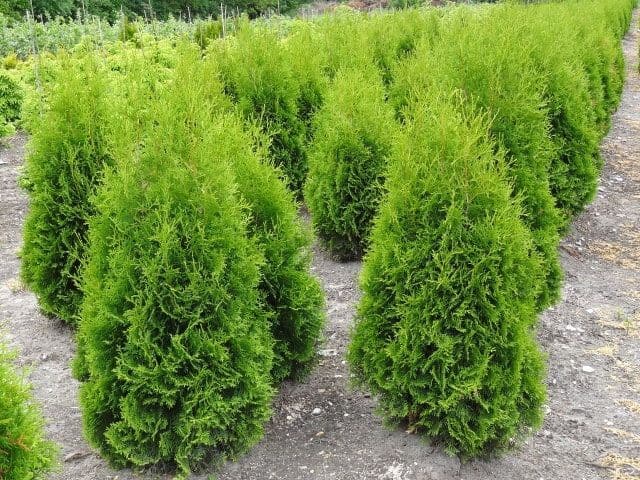
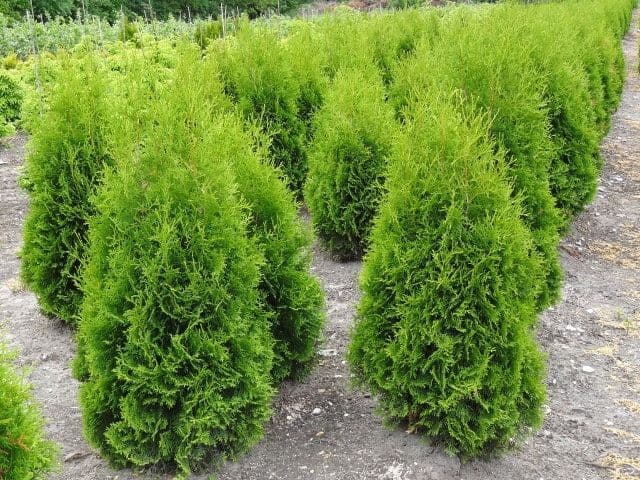
Description of the plant:
Thuja columnar is an evergreen shrub or tree that is common throughout the North American continent.
In the wild, this ephedra grows up to 20 m in height, and belongs to the tall representatives of the family, however, in our gardens, the plant can rarely reach 10 m, but more often no more than 3 meters in height. And the width of the plant is about one and a half meters.
The roots of thuja are columnar powerful, but very compact and do not grow much to the sides. The bark has a light brown tint with a reddish bloom and a peeling structure. Tuya is a long-liver, so think over the place for planting thoroughly. It can grow in one place for about 100 years.
The branches of the plant are located horizontally, and fit very tightly to the trunk; instead of needles, the needles are represented by scales. The needles are renewed every two or three years, it has a dark green color in summer, and brownish in winter.
The flowers are monoecious, have no decorative effect and are located singly. At the end of flowering, egg-shaped bumps with seeds inside are formed.
Tuya is an ideal option for city parks, squares and alleys. It withstands well in polluted city air, transfers dust, gases and lack of oxygen in the proper amount. This plant is able to endure frost up to – 36 degrees without special shelter for the winter. Differs in unpretentiousness and grows calmly on any soil.
Among the most popular varieties of columnar thuja are the following: “Brabant”, “Smaragd”, “Columna”, “Holmstrup”, “Yellow Ribbon”, “Aurea Pyramidalis”, “Aurescens”, “Excels”.


Varieties and varieties of western thuja
The western thuja has several decorative forms:
- weeping
- columnar (pyramidal)
- hemisphere
- spherical
By color of foliage (needles) varieties:
- variegated (several color variations)
- with green leaves
Tall:
- full-grown from 5 m and more
- semi-dwarf from 3 to 5 m
- dwarf – mature trees up to 3 m
- miniature – less than 3 m in height
By frost resistance: there are varieties that freely tolerate winters in central Russia, there are varieties that require mandatory shelter.
Here are some frost-resistant ones:
- Danica (Danica) is a miniature variety up to 60 cm or slightly higher in height, spherical in shape, winter hardiness – climatic zone 3.
- Globoza (Globosa) is a spherical miniature thuja, adult no more than 2 m, growing very slowly, winter hardiness – 3 climatic zone.
- Golden Globe – semi-dwarf globular, slow growth rate, very frost-resistant – climatic zone 2b.
- Wagneri (Wagneri) – narrow-conical shape, semi-dwarf (up to 3,5 m), fast-growing, winter hardiness – 4 climatic zone.
- Woodwardii (‘Woodwardii) – semi-dwarf wide-rounded form, grows slowly, winter hardiness – 4 climatic zone.
- Hoseri – spherical, fast-growing, up to 2 meters high, winter hardiness – 3 climatic zone.
- Brabant – conical, fast-growing, the variety is similar to Smaragd, but the growth rate is 2-3 times higher, winter hardiness – climatic zone 3.
- Sunkist – conical thuja of semi-dwarf growth, growing slowly, very frost-resistant – climatic zone 2b.
- Tiny Tim is a miniature thuja variety, no more than 1 m high, spherical, growing slowly, winter hardiness – 3 climatic zone.
- Holmstrup (Holmstrup) – conical semi-dwarf variety, grows slowly, winter hardiness – 3 climatic zone.
- Smaragd is a slow-growing columnar variety, 3-5 m high – average frost resistance – if all of the above varieties can be grown in Siberia and the Urals, then Smaragd freezes at temperatures below minus 25-26.
When choosing a variety, consider not only its size, shape and frost resistance, but also its general unpretentiousness. Some do not tolerate shading, even light partial shade, others do not tolerate long thaws in winter (with sudden temperature changes), as this provokes early sap flow. Some varieties practically do not need pruning, others need to be systematically pruned. There are varieties that are extremely sensitive to compaction of the soil surface, do not grow on clean loam, annual loosening and mulching are required.
How to propagate thuy columnar
Many gardeners prefer to buy ready-made plants grown in nurseries, but you can propagate thuja with your own hands. The most popular breeding methods are cuttings and planting with seeds. Each method has its own advantages and disadvantages, let’s take a closer look at them.
Reproduction of a columnar thuja by seeds
- This method is used when obtaining new varieties and is used mainly by breeders. Typically, maternal traits do not persist.
- A young seedling can only be seen after five or six years.
- The seed must be fresh, that is, harvested in the fall.
- It is necessary to wait until the bumps fully open, and then remove the seeds.
- Before sowing, the seeds should be soaked in warm water for 10 hours.
- An obligatory stage of pre-sowing preparation is seed stratification. For this, the seed is placed in a refrigerator or snow.
- Crops in the first weeks need protection from sunlight, loosening and watering.
- During the first season, the plant height does not exceed 8 cm.
- For the winter period, young growth must be covered with a film and coniferous spruce branches.
- When the seedlings reach a height of 50 cm, they are planted for permanent residence, this happens only after three seasons.
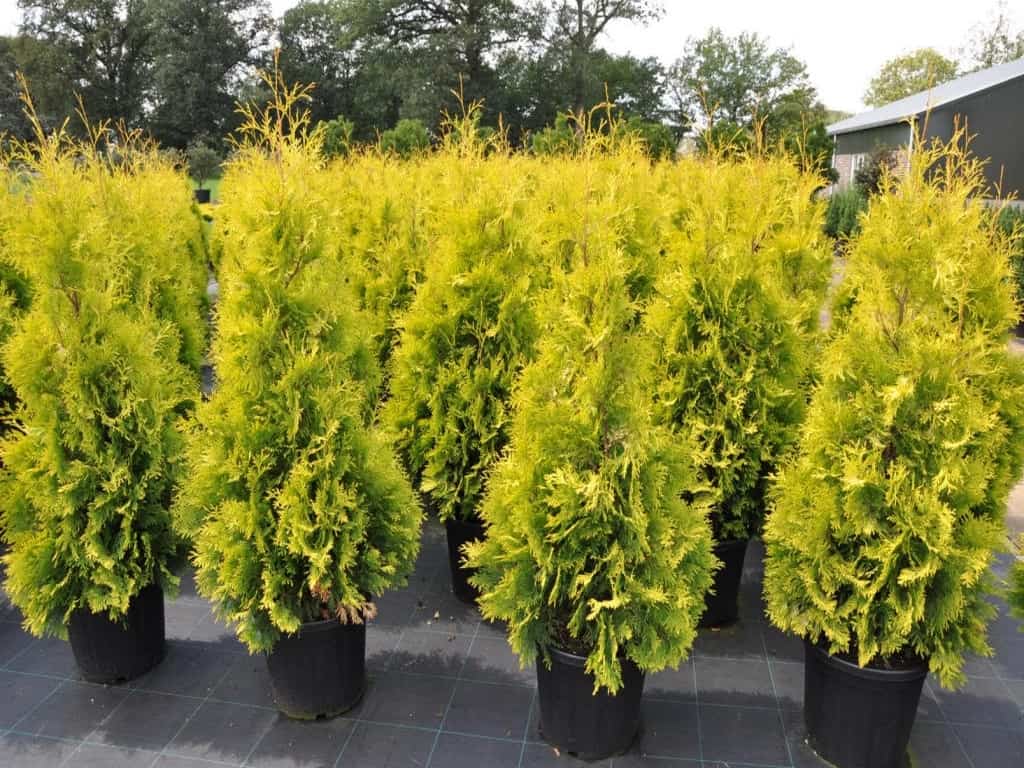
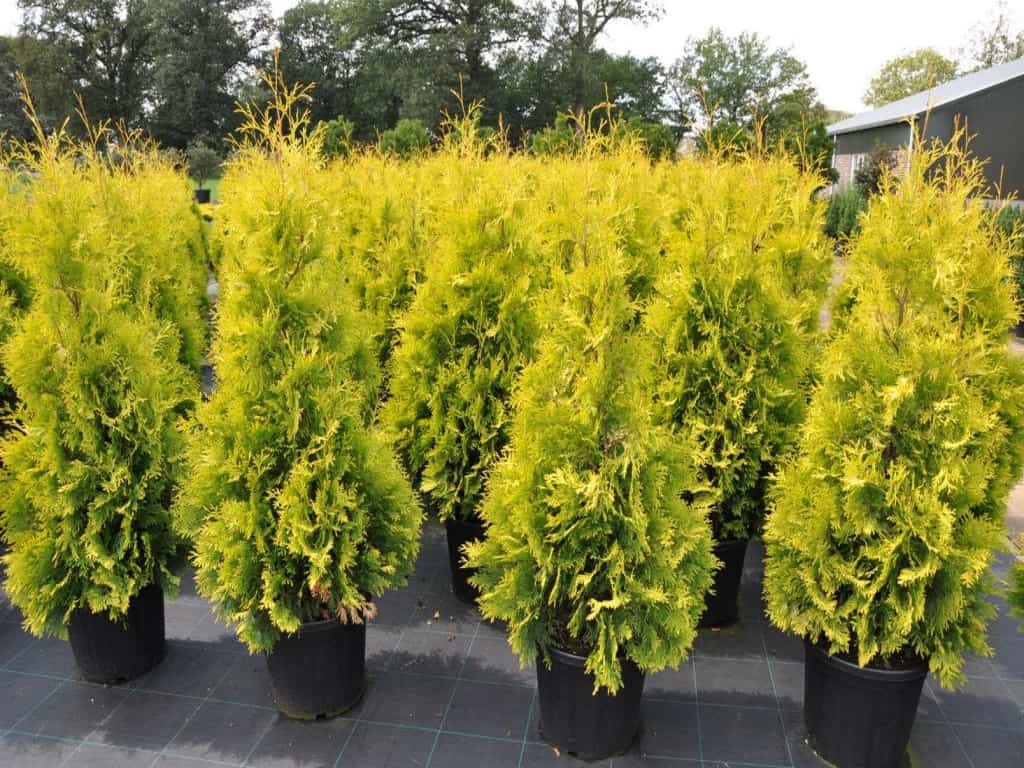
Reproduction of a columnar thuja by cuttings
- For this method, shoots are suitable – two-year-olds (20-30 cm) and one-year shoots (15 cm).
- The cuttings are necessarily cut off together with the “heel”, after which the place on the bark should be treated with charcoal.
- Before the cuttings are planted, they should be treated with a rooting agent.
- Each cutting is planted in a separate container with a mixture that includes peat, sand, turf soil.
- The soil must be watered with water with the addition of potassium permanganate.
- Cuttings are placed in the soil one and a half cm deep.
- It is necessary to cover the plantings with foil or cans, so that the optimal temperature and humidity of the air will appear inside.
- Cuttings are periodically sprayed with a spray bottle, but not watered.
- After the first roots appear, the film must be lifted periodically.
- In autumn, rooted cuttings can be planted in open ground and covered with a layer of spruce branches before the winter cold.

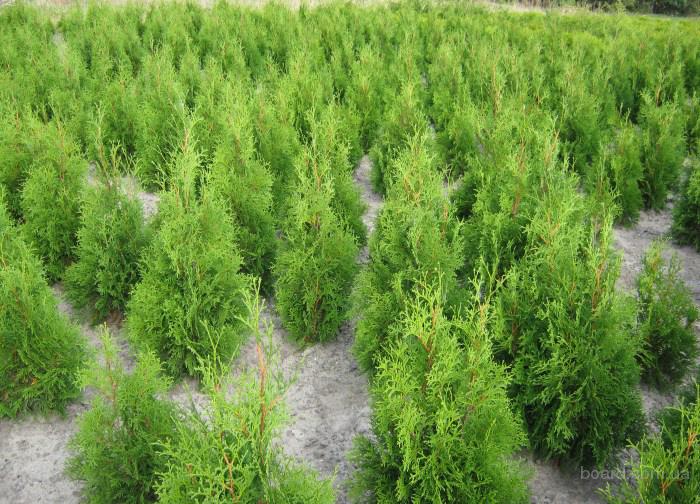
Spherical thuja – care
Immediately after planting, the shrub takes time to settle down. During this period, thuja is watered weekly. About 1 bucket of water under the bush. In the heat, watering is increased. A day after watering, the soil must be loosened. Then you can mulch the soil with peat. It is better to cover young plants during the winter. For this, spruce branches or other covering material is suitable. A more serious approach to protecting shrubs in winter would be to build a frame of wooden stakes and shelter with breathable material. Caring for a spherical thuja in the spring necessarily includes pruning.
How to trim a thuja spherical?
Pruning a spherical thuja with seeming complexity will not be difficult even for a novice gardener. It is better to carry out the procedure in the spring before the appearance of the kidneys. You need to remove dry, diseased branches and those that strongly thicken the crown, interfere with the flow of air. Only some varieties need formative pruning, because the shape of the ball is laid down by the breeders already at the genetic level. Branches that break out of the shape should be cut off, but no more than 1/3 of the shoot.

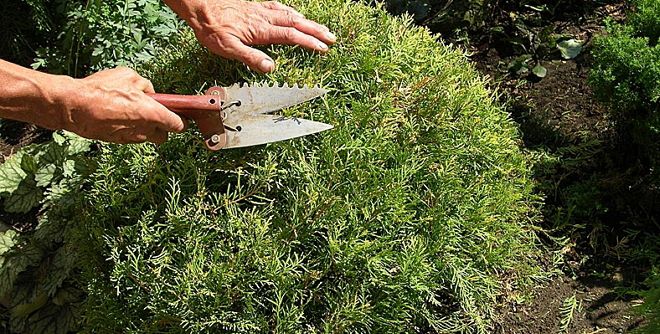
Diseases of the globular thuja
Thuja globular has good immunity to diseases. Improper care and constant dampness at the roots can lead to diseases:
- A common reason for the drying of spherical thuja is the late blight fungus. When it is affected, the bush turns gray and withers, and a putrid smell emanates from the roots. It is impossible to cure the disease. The shrub is destroyed, the earth is replaced. Prevention of late blight – regular treatment of the shrub with fungicides.
- Schütte is a fungal disease. It manifests itself as darkening of the needles, followed by its fall. Disease is treated with HOM. Sick shrubs are sprayed twice – in spring and summer, and for healthy conifers, prophylaxis is carried out once a season.
- A dangerous pest of conifers is the thuja aphid. It leads to yellowing of the lower part of the shoots. The infected plant is treated with karbofoska according to the instructions.
With a properly selected healthy seedling and competent planting, further care for the spherical thuja will not cause trouble for the owners. This shrub will be in perfect harmony with other plants in rockeries, and Japanese gardens and other forms of landscape design for many years, while maintaining decorative properties in all seasons.
How to choose the right place for planting a columnar thuja
Thuya loves the sun, but in dosage. If the plant is exposed to sunlight throughout the day, the needles may begin to turn yellow.
Of course, every gardener chooses a place for thuja where it will look most advantageous, as well as combine well with other types of plants. This culture does not like drafts, so this little whim should be foreseen.
Any soil will do. But loam will be most preferable, and if you add a part of fertile soil to it before planting, the thuja will feel very comfortable.
It would be good to think over drainage and make sure that the groundwater in the area does not lie too high.
Pests and diseases
As you can see in the photo, the western columnar thuja has a wonderful color of needles, attractive shapes.

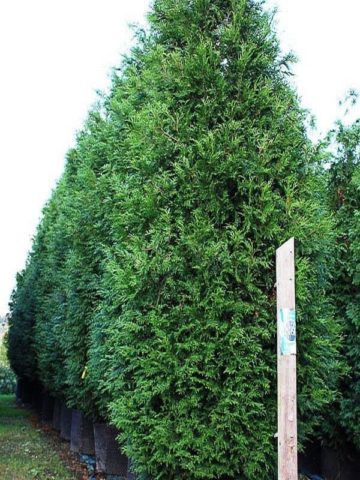
The plant rarely suffers from diseases and pests. But under unfavorable weather conditions, high humidity or flooding of the root system, fungal diseases may occur: brown shute; rust; gray mold; fusarium.
Damaged shoots are removed and disposed of, and the plants are treated with chemicals.
Among the pests of the columnar thuja, which pose a serious threat to it: bark beetles, sawflies, hermes, scale insects.
To combat them, insecticides and folk remedies are used.
Planting a thuja columnar on the site
The best time for planting is spring, as there is little risk of rooting before frost in autumn. The site should first be dug up and all weeds along with rhizomes should be removed. Immediately demolish the torus, humus and rotted manure.
The planting pit is made at least 70 -100 cm in volume, and between the plants, a gap of at least one and a half meters should be observed, of course, if you do not have the goal of growing a hedge. In that case, 50-60 cm is enough.
At the bottom of the pit, it is necessary to lay a drainage layer of their gravel or broken brick. The soil in the container is well moistened and the plant is carefully removed along with the earthen lump. Having placed the seedling in the planting hole, the root collar is positioned slightly higher than the surface of the ground.
Next, carefully sprinkle the roots and tamp the soil. Watering is done immediately after planting. It will take 2 buckets of water per plant. The root zone should be covered with tree bark, peat or sawdust.
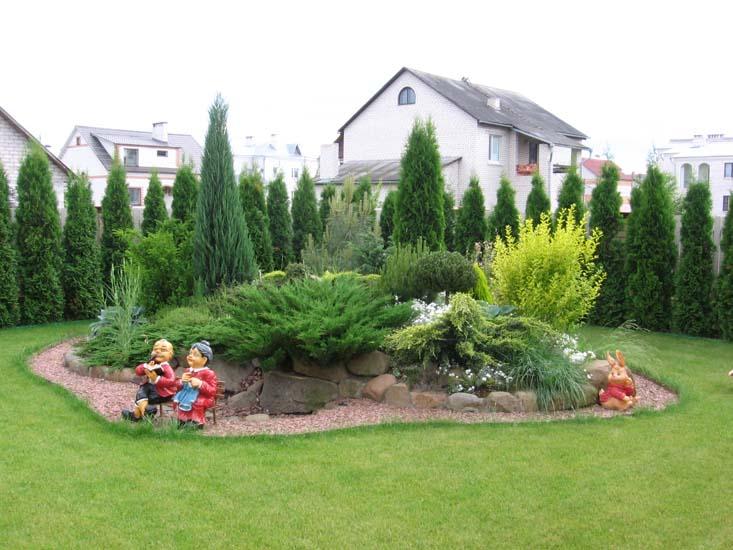

How to apply in landscape design and how many seedlings will be required
For landscaping the selected area, thuja act as:
- hedges;
- single trees;
- group landings.
To form a hedge, take species such as Emerald, Braband, Yellow Ribbon, Column and others. Saplings are planted at a distance of 0,5 – 0,8 m. The needles of these species do not turn brown in the winter season and do not change their decorative appearance all year round.
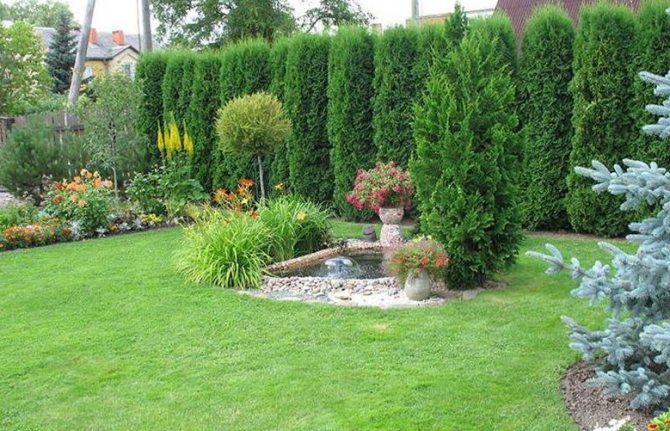
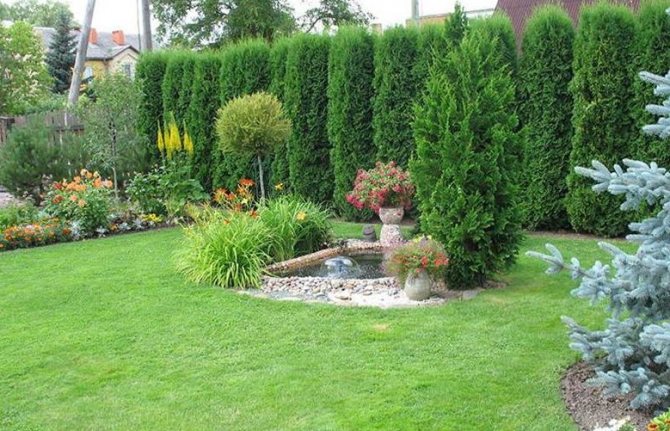
Tui Excelsza, Aurescens suitable for group and single plantings, large-scale gardens and large parks, as these are tall plants. By the age of 10, they grow up to 8 – 12 m, 3 – 4 m wide. They sit in groups at a distance of 5 – 8 m.
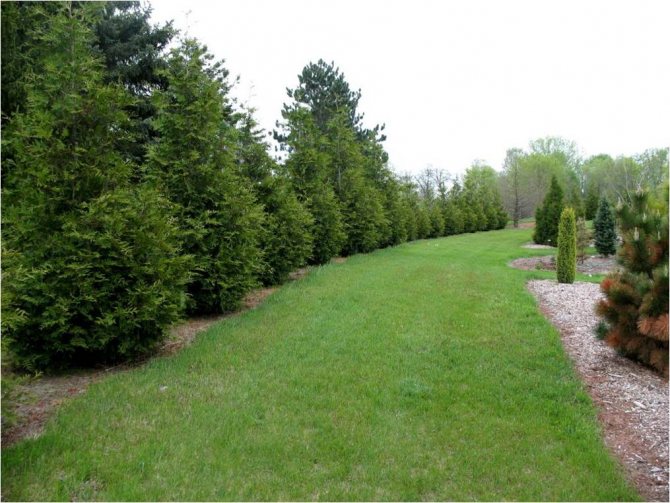
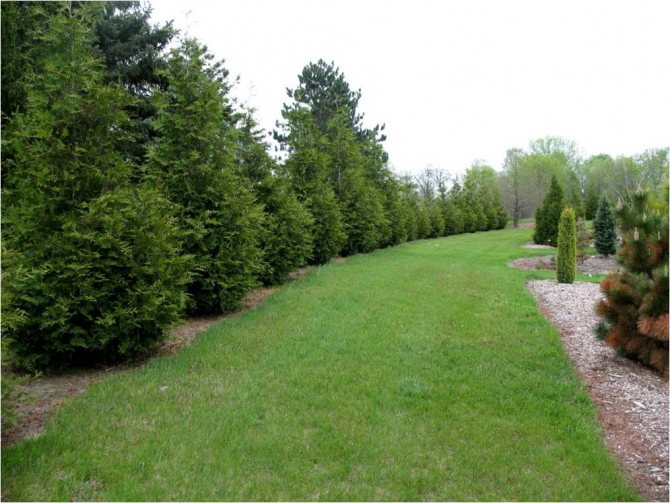
Low-growing dwarf varieties are suitable for alpine slides and small flower beds: Aurea Pyramidalis (Thuja occidentalis “Aurea Piramidalis”), Smaragd (Smaragd), Holmstrup (“Holmstrup”). By the age of 10, these species reach no more than 2 – 3 m and have a crown width of 0,5 – 0,8 m.
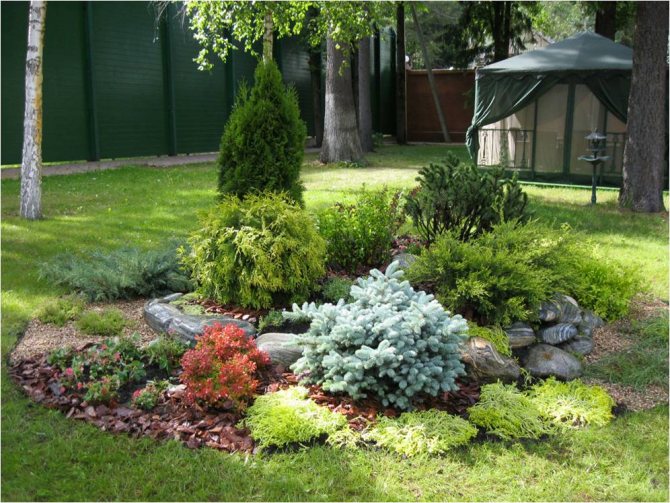
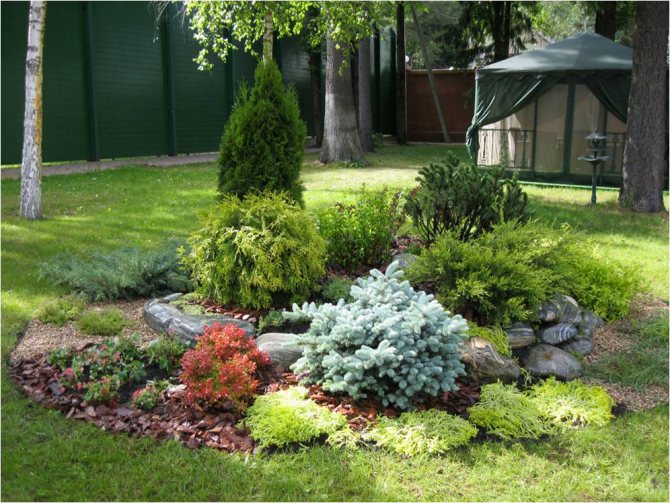
When landscaping a summer cottage, courtyard, city flower beds, it is good to use several types of thujas at the same time, creating various compositions (photo). When planting, take into account the size of each plant in adult form, reserving space for them to grow.
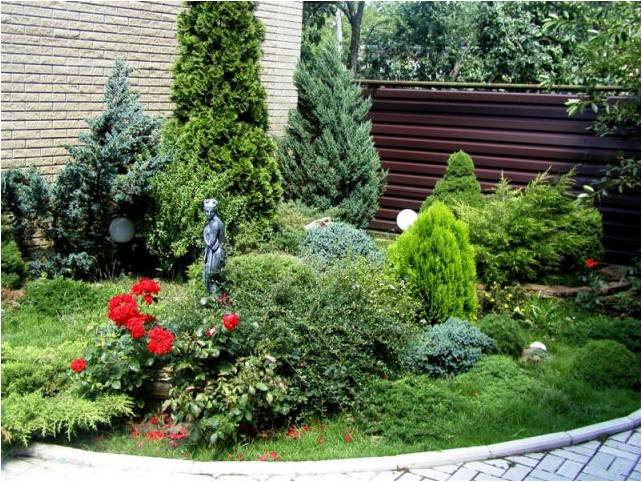
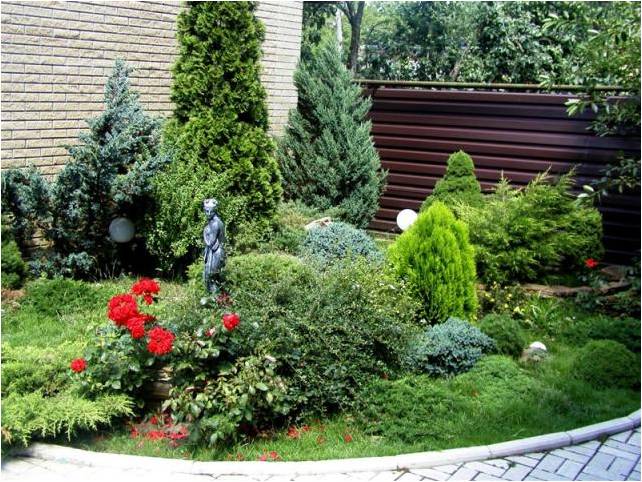
It is good to combine conifers of different crown shape and color of needles (photo), choosing green and variegated, as well as two-color varieties.

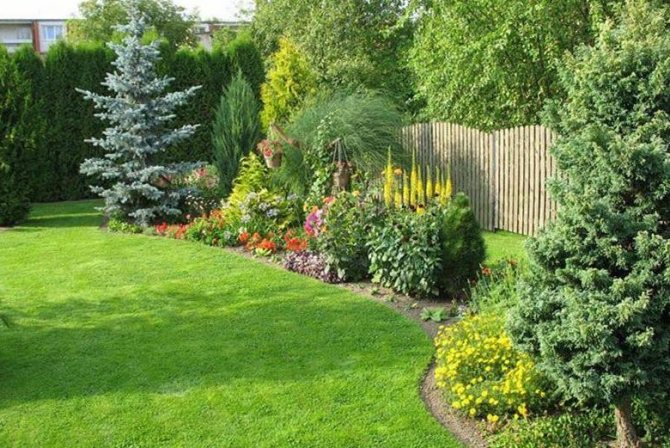
Before starting work, it is good to draw up a diagram of the future flower bed, so that it is easier to visually imagine and plan the placement of plants and calculate their number and distances between them. An example would be a photo of the diagram below:
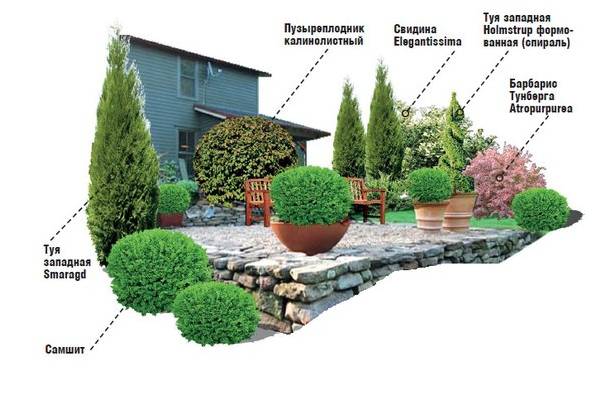
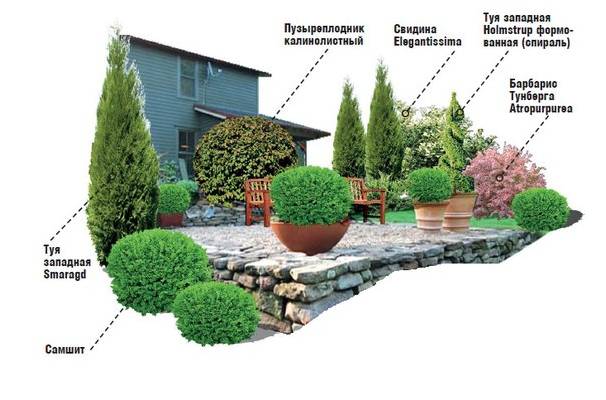
Due to its decorativeness, unpretentiousness and variety, the pyramidal thuja has become an undoubted favorite in landscape design. They look great both solo, and in hedges, and in plantings with other conifers, as well as with annual and perennial deciduous plants. Thuja pyramidal is beautiful at all stages of its life, does not lose its decorative effect in old age.
Agrotechnical requirements for care
Columnar varieties of thuja, especially in the first years of life, are extremely demanding for watering, therefore, do not spare water and pour 2-3 buckets under each seedling once a week. If the summer is especially hot, arrange for a hose spraying for the plants, but in the evening, when the sun is not so beating.
It is necessary to loosen the soil after each watering. Mulch will help retain moisture and keep weeds out of the soil.
Fertilizers will help plants to fully develop, for this, the first feeding is done in the spring. Ammonium nitrate or nitrogen supplements will be required. The second time the thuja is fed at the end of the season, calcium and phosphorus are added.
For full development, thuya must be formed. This is done not only for aesthetic reasons, but also for the health of the plant. Usually, the leading branches are left, and the excess, broken or damaged shoots are cut off. Sanitary pruning is carried out in the spring.
In the first years of life, the thuja must be covered for the winter, this helps to protect the seedling from frost and snow. Covering material or burlap is usually used.
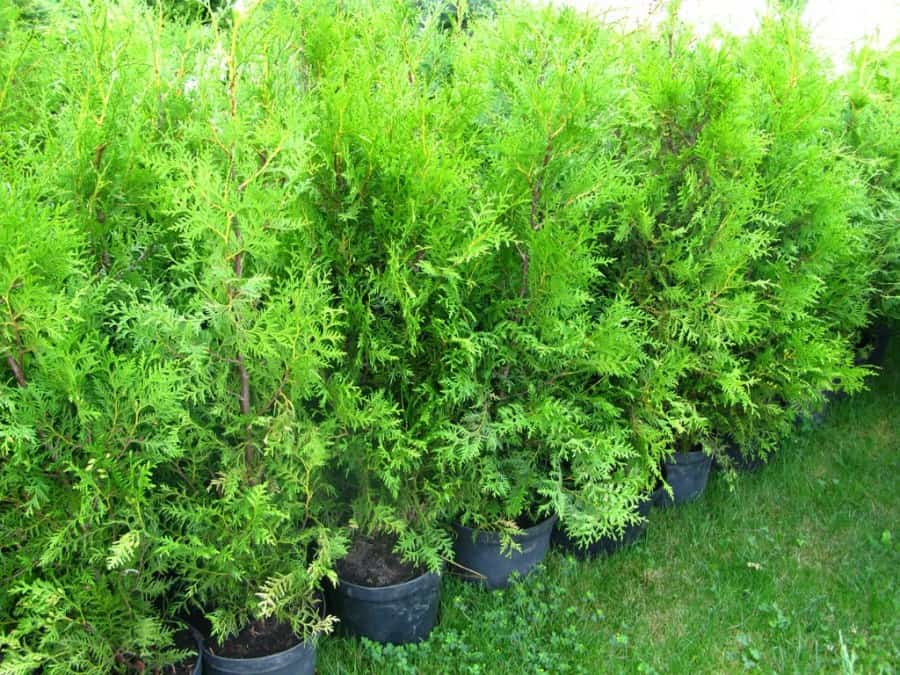
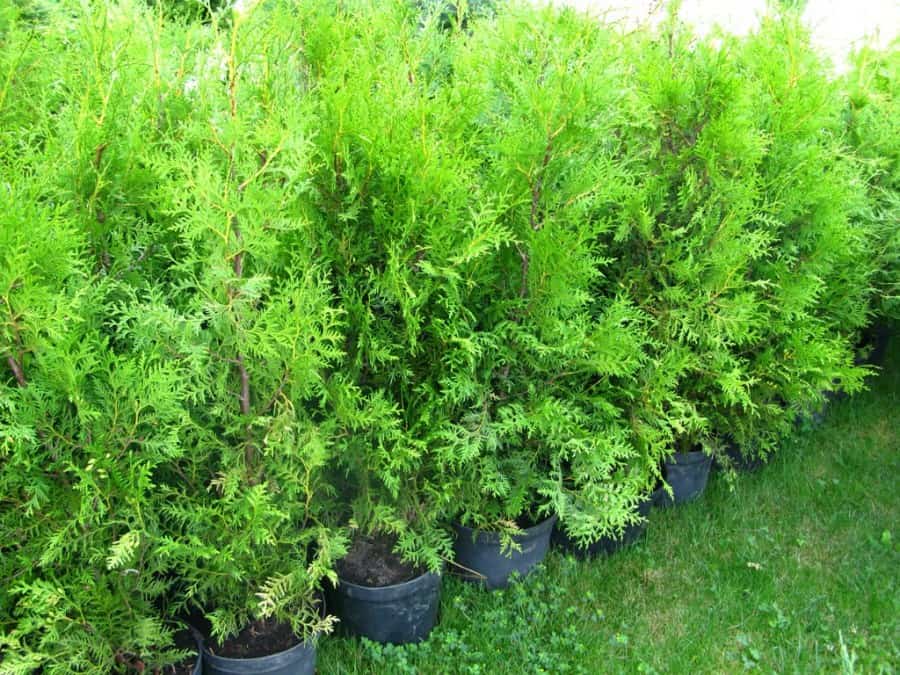
Planting in the garden
Prerequisites for good growth and development of the tree are correct planting and careful care. When choosing a landing site, it is recommended to prefer partial shade. In a completely shady area, the decorative qualities of the plant will be lost. Its crown is rapidly thinning, and the branches stretch upward. If you live in an area with short daylight hours, globular plants can be planted in well-lit areas. Inhabitants of the steppe zone cannot do this. Under the influence of direct sunlight, the needles will get burned and crumble. You should also avoid drafts that negatively affect the well-being of the culture.
We decided on the landing site – we go further. The next step is the choice of soil. Thuja western Elvanger and most other species are unpretentious to the quality of the soil. But if you want to achieve maximum results, choose fertile soils with sufficient moisture. Cultivating the favorite of landscape designers on loam, in the bottom of the beams, drainage 15-20 cm thick is mandatory.
In May, the fast-growing globular thuja enters the phase of active vegetation. That is, it is no longer possible to transplant it at the end of spring. It is best to do this in March or April, as well as in the fall.
- Pits are prepared 2 weeks before planting. They are watered and filled with a mixture of peat, sand and turf. Additional feeding with nitroammophos will not be superfluous.
- Plants aged 5-7 years are suitable for transplantation. They are carefully removed from the soil along with a lump.
- It is extremely important not to deepen the root collar – it should be on the soil surface.
- Seedlings planted in the soil must be watered daily in 1 bucket for a month. In the future, one bucket once a week will be enough. To improve air access to the root system, they perform a small loosening, mulch with compost, peat with a diameter of 7 centimeters.
- Young trees are extremely sensitive to direct sunlight. To prevent burns, they are additionally shaded with paper or cloth.



